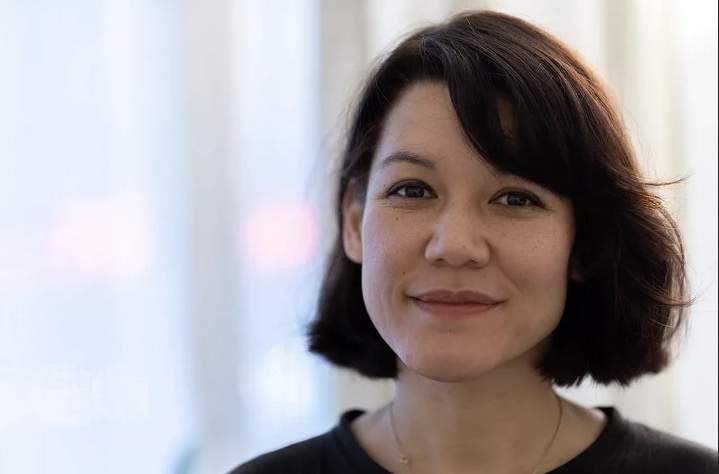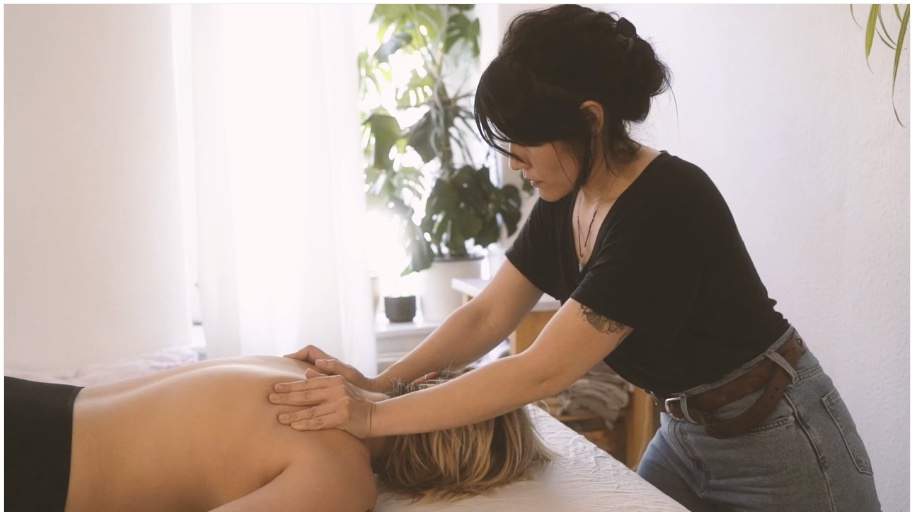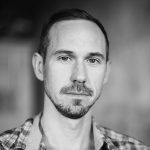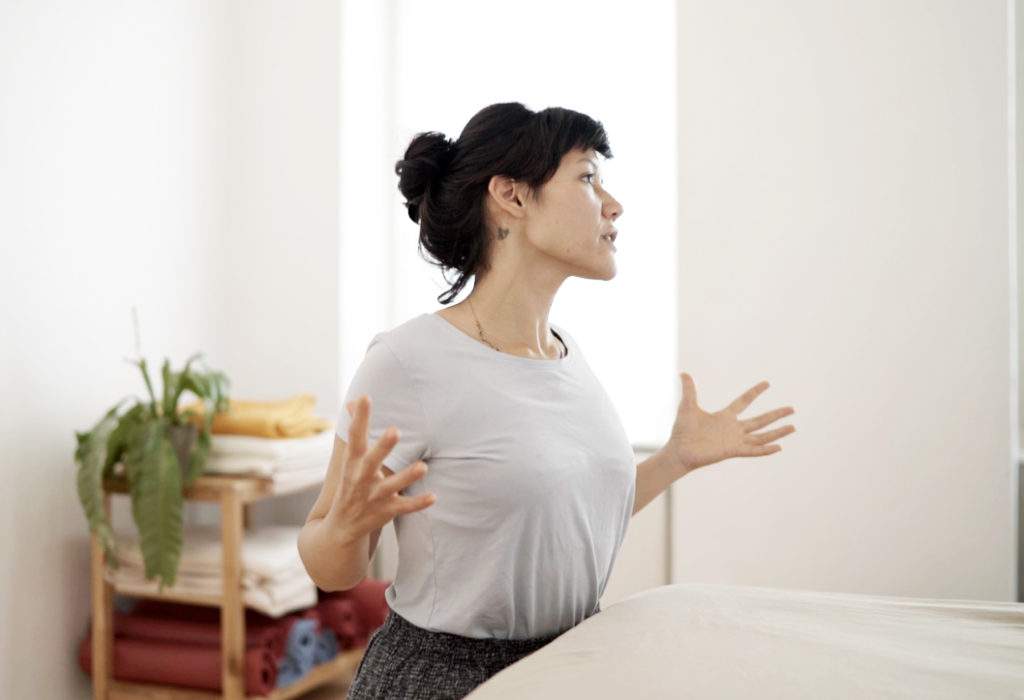
Anne-Lise Pham, Pantarei Approach Practitioner
Putting Things Together
While talking to Anne-Lise, it became clear she has a passion for ‘putting things together’. Previously as an art student, she brought her love for cooking into her artistic world. And voila, she merged these two worlds and worked as a food designer for ten years. Along with food, design, and art, she branched out into the field of education and teaching. She also had jobs as an art teacher, a graphic designer, she wrote recipes for websites, and taught kids how to cook. As you can see, putting things together comes very naturally for her.
Anne-Lise always wanted to teach but did not want to be a teacher in the school system, so she was looking for other ways it could be incorporated into her life. She felt if she could help kids have a good childhood, she would help them become better adults. So, with her experience, she took the opportunity to come to Germany to open a cooking school for kids. “I discovered I like to exchange knowledge, see people growing up, and contribute to people’s lives through learning and teaching.” Putting different things together is not about the complexity for her—it is a result of bringing the things she loves into her life and her ability to see the bigger picture.

Soon after moving to Berlin, Anne-Lise kept hearing about the Pantarei Approach through her friends. She decided to attend one of the introductory meetings to learn about the school. She explains this marked the end of the first chapter of her professional career because she then decided to become a Pantarei Approach practitioner. Now having returned to Paris after four years in Berlin, she has her own practice and is currently studying psychology- a goal she’s had for a while. “I’ve always been very interested in the connection to the body/mind” she says.
Believing the whole body
A significant realization Anne-Lise had regarding her body came when she was 20 years old and was diagnosed with cervical cancer. She remembers that at first, she felt helpless. Cervical cancer is the only type that comes from a virus, and even though she was able to remove the cancer, the presence of the virus required her to seek additional therapy. Through this journey, she found a doctor who helped her by asking her about her whole life for the first time. She realized she was not accessing her breath in her body below her diaphragm. She recognized the importance of incorporating her past and her whole body as part of a healing process.
During a session, one Pantarei practitioner helped her connect to this part of her body and recognize there was pain, which she needed to acknowledge. Further sessions helped her integrate her body into her life story. “I was able to say hello to part of myself that I had been ignoring.” With her desire to help others in this same way, she chose the Pantarei Approach school to learn about somatic bodywork.

During the Pantarei practitioner training program in Berlin, Anne-Lise was also able to work through an uncomfortable feeling she was having in her body in relation to touch. The guidance of the teachers helped her get in touch with herself and what to do about it. She remembers one week: “Vered said we are going to talk about patterns and trauma in the body. I asked if I could be part of the demonstration. The way she was talking and allowing my body to open was amazing! She knew it was super scary for me, and I was super surprised at how she taught me to handle it. Through sessions with Vered later and sessions I received through the training, I learned how to be with myself, and how to listen to myself and take care of myself. It was a very wonderful journey.”
How has Pantarei helped you in your daily life?
“I cannot put words to everything it brings to my life. Peace, for sure. It’s not a one-time thing. Pantarei gave me the tools to deal with my life. I had also been wondering how to bring forgiveness into my life, but I did not have the answers before. Now answers have come to me because of a foundation that Pantarei has given me.”
How do you describe Pantarei or somatic bodywork to people?
“In Paris, this type of work is not really known. I find German people have a body connection in their culture, like FKK, but French people are more concerned with their body image—how they look. So, it depends on who I am talking to. I often give examples by asking someone questions and then explaining how I can help them connect to their body. I feel in France, I want to advertise in general about somatic education. People need to know it is an option, and they need to be educated about the first steps of body awareness.”
What has surprised you about working with clients?
“The answers they find themselves! I really believe in putting the body and the mind together. Sometimes I ask clients what they are thinking, and their own answers are super beautiful. The richness of that exchange is really surprising. It happens when they allow themselves to open. I am so touched and moved. I find it beautiful when it happens. It is a connection that also nourishes me. I feel lucky to be a witness to that. They thank me for a session, but I feel gratitude for being able to witness and accompany them in these human moments.”
Why is Pantarei needed?
“I am really excited about being part of this movement of bringing back the body and mind together. I feel it is my duty to raise awareness about this connection, and I really hope it will grow. Pantarei can be a link between different forms of education. I know through my own story, I was having issues of my body and mind and once everything was linked, by putting things together, I found answers.”
Contact: www.annelisepham.com
insta : somato_therapie
Photos by: Shiv Haz and Hannah Kugel
Written by Mike O’Connor




